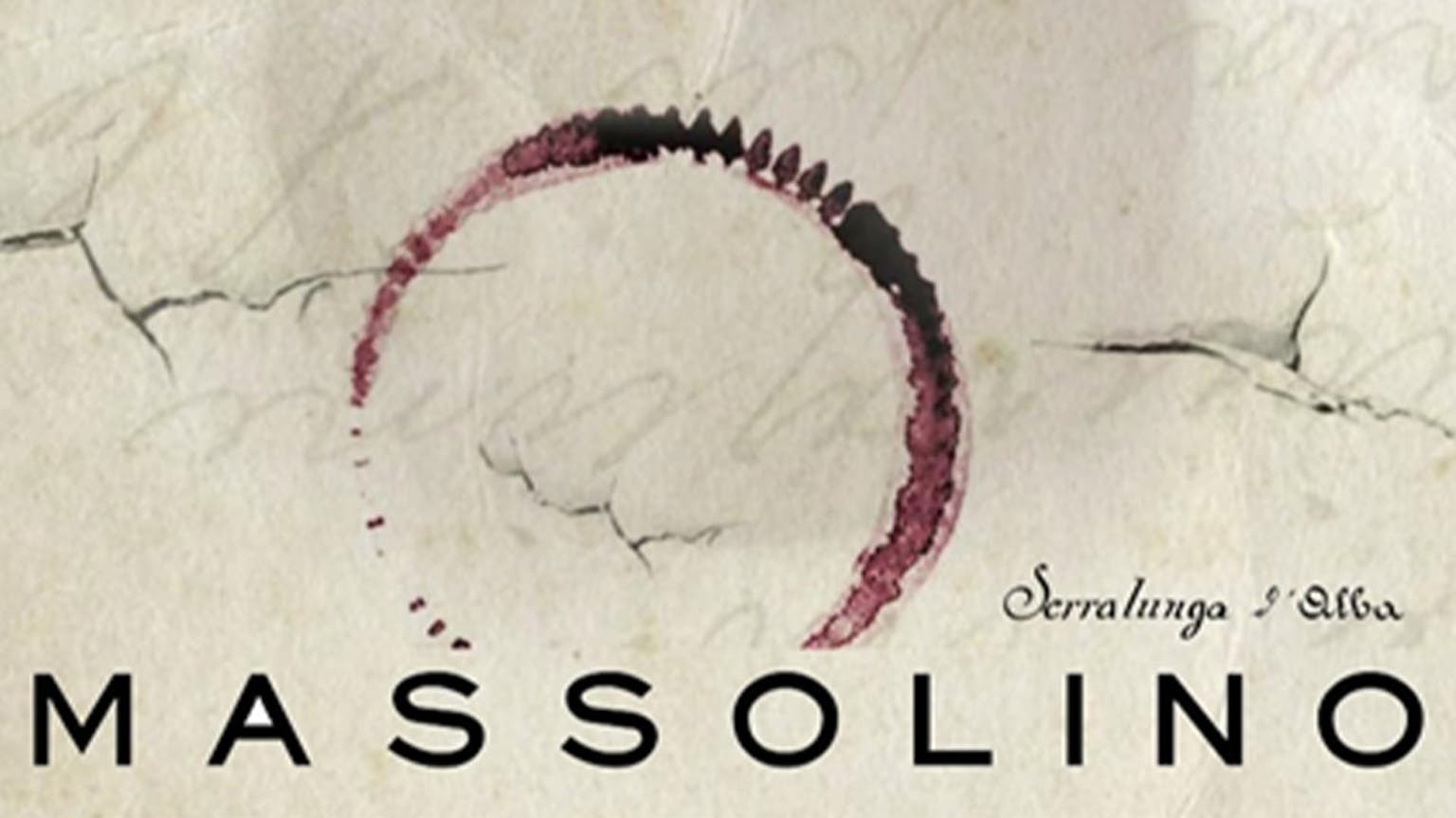It was about this time last year we bumped into Giovanni Angeli, winemaker of one of Barolo’s top producers, Massolino. He was over in London to promote his latest 2015 releases. Despite the positivity surrounding the 2015s, Giovanni just couldn’t contain his excitement about the vintage that was to follow.
At this time, the wines were still over a year away from being made available. Ever since we have been waiting eagerly for the first Barolo 2016s to be released and to taste for the first time this hugely anticipated vintage. Fortunately, that time is finally upon us, with the first handful of releases being made available over the next few weeks.
I caught up again with Giovanni last week to find out exactly why the 2016 is so special and his thoughts on the wines now that they are in bottle.
Ideal ambient conditions through the growing season
The key points behind the success of the 2016s lie in the ambient weather conditions throughout the season, particularly favourable for the Nebbiolo varietal, which has always been a rather sensitive grape – hence why you see so little of it grown anywhere else in the world. Great Nebbiolo requires a long extended growing season to enable its structural tannins to really reach phenolic maturity and mellow out.
Secondly, the varietal is distinct for its ethereal aromatic perfume and this only really develops in the later part of the ripening period. Thirdly, the varietal is very susceptible to mildew and can really suffer if the weather is too humid, but thankfully the ideal weather conditions held right through to harvest.
2016: Longest growing season in modern times
2016 was one of the longest-growing seasons in modern times. Giovanni explains that the winter between 2015 and 2016 was in fact fairly short and relatively warm (the second warmest in 59 years in Piedmont after the winter of 2006 and 2007). He goes on to explain that this warm winter generates an early recovery of vegetation growth, resulting in early budding.
The spring was then pretty regular – no frost but not too hot either - allowing the wines to operate regularly in perfect health. The summer remained very regular, again not too hot and not too dry, making the vegetative cycle long and slow enabling a build-up of complex flavours. Giovanni states that the growing cycle in 2016 was at least 15 – 20 days longer than today’s average in Barolo, thanks to the early start and relatively late harvest.
What is extraordinary is that this long vegetative cycle is something that is typically diminishing with climate change. As outlined in Burgundy in an interview last week with Benoit Stehly of Domaine Georges Lignier, the traditional notion that vignerons pick 100 days after flowering is today outdated, with the veraison period under a hotter climate getting shorter and shorter. Giovanni states the same is happening in Barolo, but in 2016, there really were 100 days plus between flowering and harvest.
In September, the month that really dictates the final quality of the vintage, the weather remained warm and steady but with big drops in temperature during the night helping the grapes retain their acidity as the fruits gained great complexity in flavor and outstanding phenolic ripeness. It was this moment in September that Giovanni believes had the greatest impact on the wine's final complexity. “In that moment we have the synthesis of the flavours and the refining of the tannins.”
The finished wines
Giovanni describes the wines as deep, powerful and rich, with a great bouquet with lots of fruit aromas. The quality of the tannins are really outstanding; fine, elegant and very complex and there is good acidity too, making the wines even more drinkable and enjoyable. Giovanni goes on to compare the vintage in terms of quality and style to the great 1996 vintage.
Asked to compare with the 2015s, he states “2015 is a really good vintage for us with wines rich in aromas and with a great freshness, especially if you consider how warm the vintage was. But in 2016 the wines have something more. They are more concentrated with a great acidity. They have a juicy, crunchy fruit that makes the wine easy to drink, enjoyable with a great freshness and length in the mouth and a lovely quality of the tannins in terms of finesse.”
The drinking window
In a vintage where you find such phenolic ripeness, the wines are very approachable, and can be enjoyed at a younger age than is normally typical of Barolo. At the same time, the concentration, the good acidity and the finesse of the tannins mean that although you can drink and enjoy them now, the wines will see a fantastic evolution over 25-35 years and probably longer.

